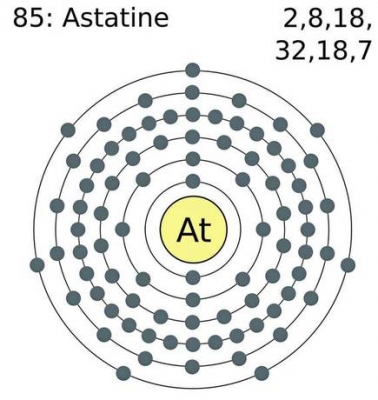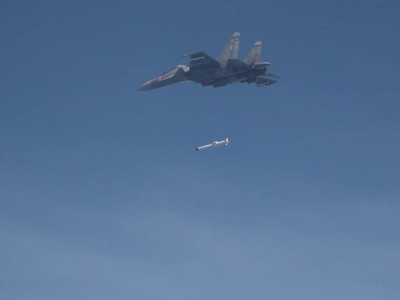
Is it an asteroid? Is it a planet? Is it a comet? If there is a solar system object that neither gives a resounding yes nor a certain no to these questions, then chances are that they belong to a class of celestial objects called centaurs. While estimates for the number of centaurs in the solar system are now placed anywhere above 44,000, they still remain mysterious with secrets to be revealed.
Despite their current count being in the thousands, we have been aware of their existence for less than half-a-century. And it all started in 1977, when Chiron, the first-identified member in what was then a new class of objects, was discovered.
Blink and you miss it
American astronomer Charles Kowal, who had already discovered one of the moons of Jupiter, was searching for peculiar objects in the solar system. Working at the Hale Observatories in California, the U.S., Kowal photographed the skies with telescopes and then examined them on a blink comparator – the device that had enabled American astronomer Clyde Tombaugh to discover Pluto in 1930.
The blink comparator holds two photographic plates and alternates them rapidly. While stars, which are fixed, remain steady as the plates alternate, any moving object – be it a comet, planet or asteroid – appears to jump from one plate to another. Using photographic plates of the sky in the constellation Aries on October 18 and 19, 1977, Kowal was able to discover Chiron on November 1.
How to classify
While media organisations were ready to call it the most distant asteroid discovered or even the 10th planet (Pluto was still classified as a planet in 1977), the astronomers realised that they had a question in their hands as classification wasn’t proving to be straightforward. It eventually became the first centaur, named after the half-human, half-horse being in Greek mythology, a new class of objects.
Chiron was named after the centaur Chiron in Greek mythology, believed to be the wisest and most just among all centaurs. The names of other centaurs in mythology were to be reserved for other objects that were to fall into this type.
The first centaur to be discovered, in fact, was 944 Hidalgo in 1920. It wasn’t until 2060 Chiron was discovered that astronomers realised that these belonged to a distinct group unlike any other in the solar system. Chiron, too, has been identified in images going back to 1895 following its discovery, which enabled us to determine its orbit more accurately.
Many things at once
Centaurs are now known to be a little bit of everything – asteroids, planets and comets. Small solar system bodies orbiting the sun between the outer planets, they usually have unstable orbits and are too small to be observed. Most centaurs inhabit the complex, dynamic region between Jupiter and Neptune.
Observations of 10199 Chariklo, the largest confirmed centaur so far, have revealed that it has a system of rings, akin to the ones popularly associated with Saturn, and also seen with Jupiter, Uranus and Neptune. There is a possibility that Chiron too has rings like Chariklo.
While the rings enable centaurs to draw parallels with planets, their colour and composition gives them a different identity. Most of them are either reddish or blue to blue gray in colour. We now know that the blue and blue gray centaurs are dark objects like comets and ones that are red are more like asteroids, having an organic surface.
Blue centaurs are composed of ice and are covered by a layer of dust, much like comets. This, along with highly elliptical orbits, suggests that some centaurs either are, or could become, comets.
Astronomers and astronomical organisations worldwide are involved in both classifying and cataloguing centaurs, whose numbers have been ever-increasing since they were identified to be a separate class of objects. These centaurs, like their namesake, are for now seen to be many things at the same time. They might, however, well be holding clues to some of the questions regarding our solar system for which we are still searching for answers.
Picture Credit : Google






